Class Hours: 10:05 – 2:40
Mr. Cronin
Notes
- Already at Thursday!
- Sept. 12th CTE Back to School Night: 6:00 – 7:30 This will provide families and students an opportunity to meet with teachers and tour their programs and classrooms. EHS will also be holding their Open House that evening. Come say hi!
- You have all 3 projects assigned for the week – 7 files to turn in first thing Monday morning. Make sure that you are:
- Thinking about what you are going to do (Agency and DH2)
- Working as efficiently as you can in class.
- Planning on when you are going to complete the work outside of class if you won’t finish the work during class hours.
10:05 Attendance and Article
10:10 Adobe AM
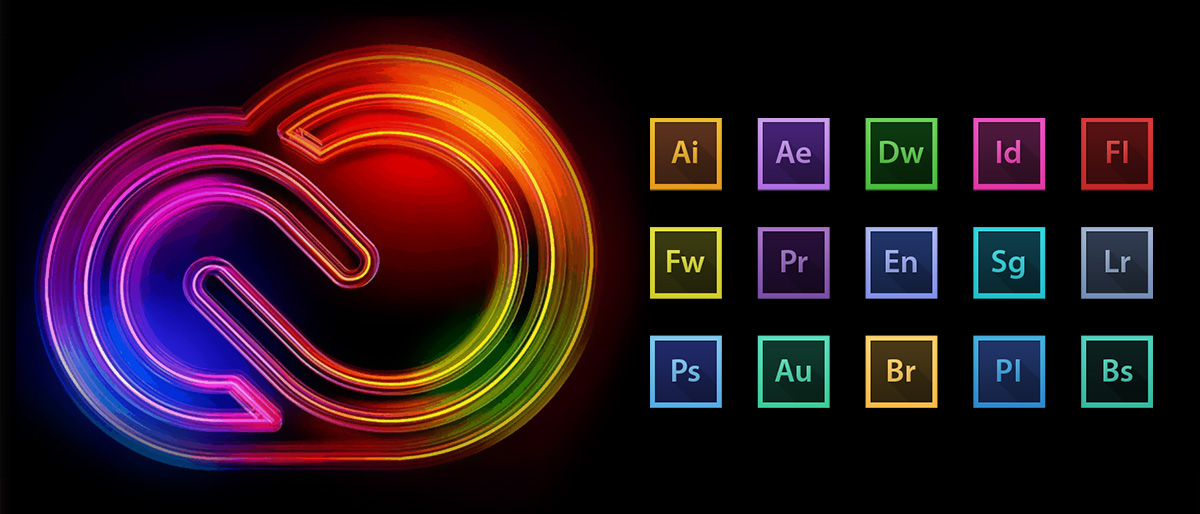
Illustrator is a popular vector graphics editor used by designers, artists, and illustrators to create a wide range of digital artworks. Unlike raster graphics (which are made up of pixels), vector graphics in Illustrator are based on mathematical equations, allowing them to be scaled infinitely without losing quality. This makes Illustrator particularly well-suited for creating logos, icons, illustrations, typography, and other designs that need to maintain clarity at any size.
We will spend the first 20 minutes of Thursday’s learning Illustrator so we can incorporate it into our workflows.
10:30 Bender
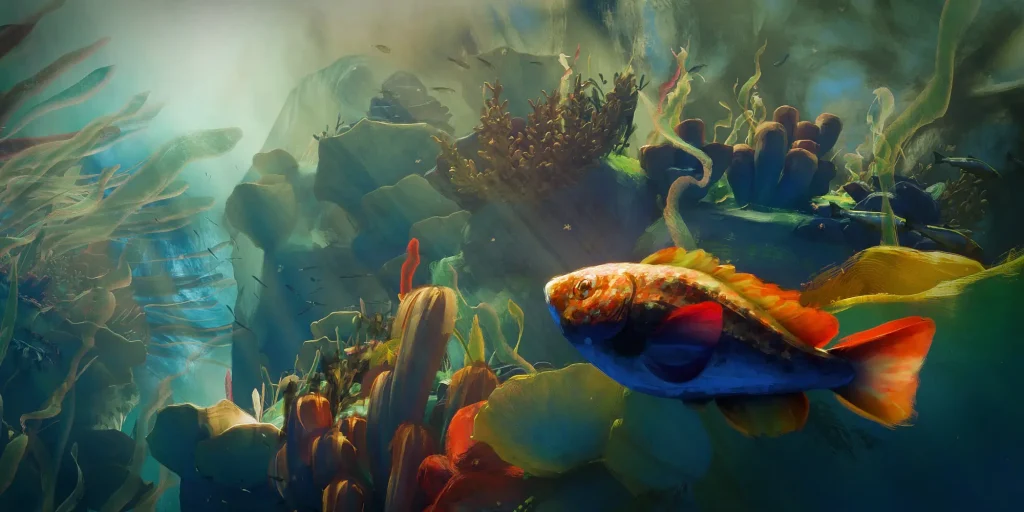
- Review of ropes and cables
- Review of image based textures – Caleb and Adrian you need to enable Node Wrangler.
10:50 Morning Break (10 minutes)

11:00 English

11:55 Blender

- Maps instead of values on materials – making things more random.
12:10 Run Hide Fight Presentation

Throughout the year we have an every other month of a Run / Hide / Fight evacuation presentation OR a Fire Drill. To kick off the year we have both this month.
Today we will have our Run Hide Fight Presentation and talk about our rally location.
12:25 Lunch
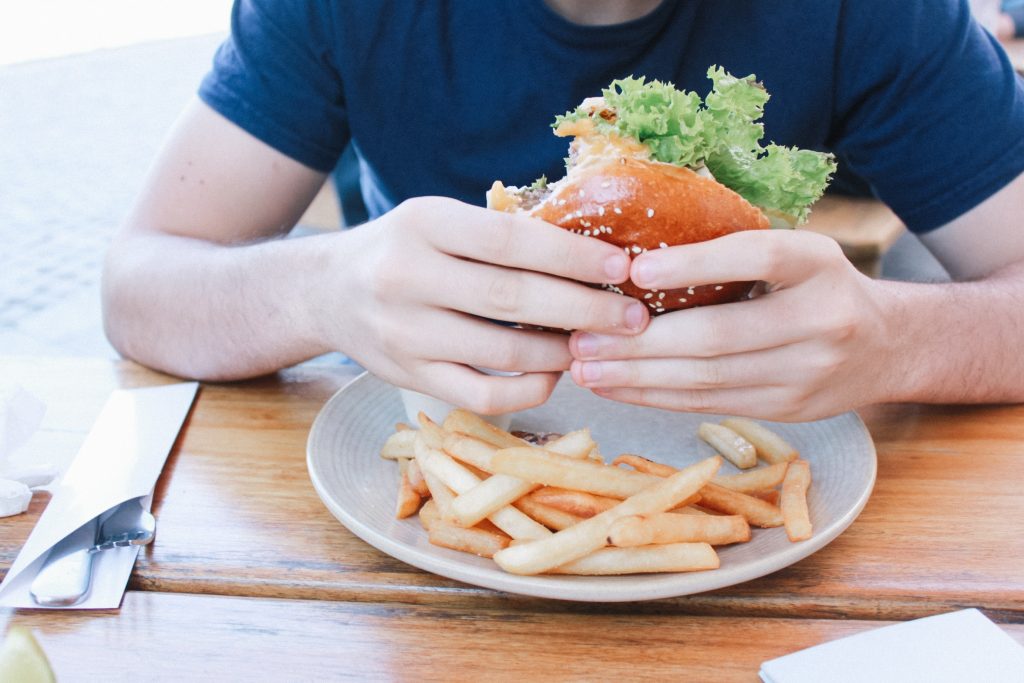
- No food in the room / eat in the Cafe.
- You are welcome to return to the room when you have finished eating and work / hang out.
12:55 Attendance and Article
1:00 A Gentleman in Moscow
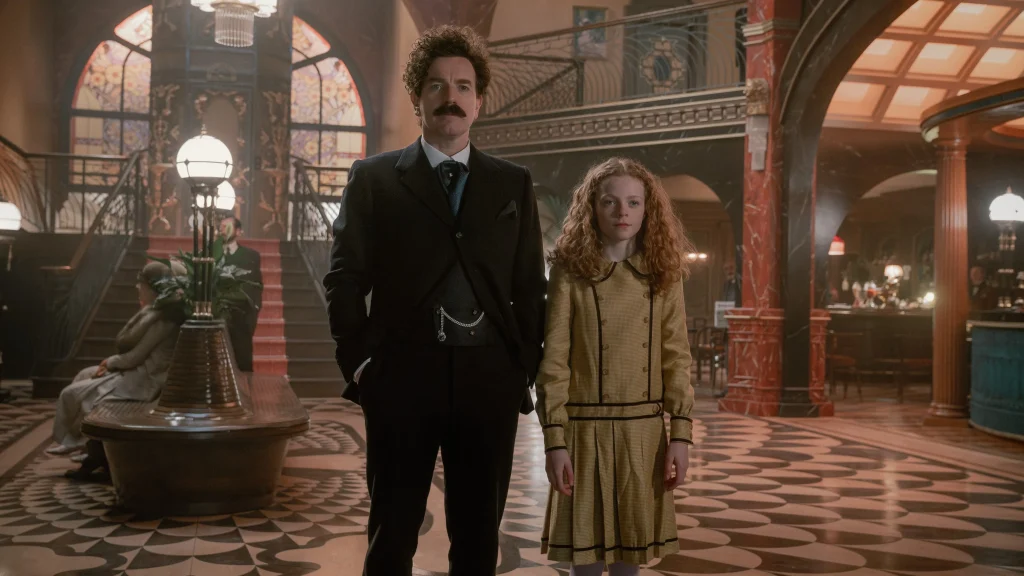
A Gentleman in Moscow is a reader’s dream — a wonder-full, nuanced story full of wit, insight, and imagination.
Read along with Mr. Cronin. Improve literacy, word decoding, enjoy a nice story, and unplug from the world.
1:20 Afternoon Break (10 minutes)

1:30 Speed Design
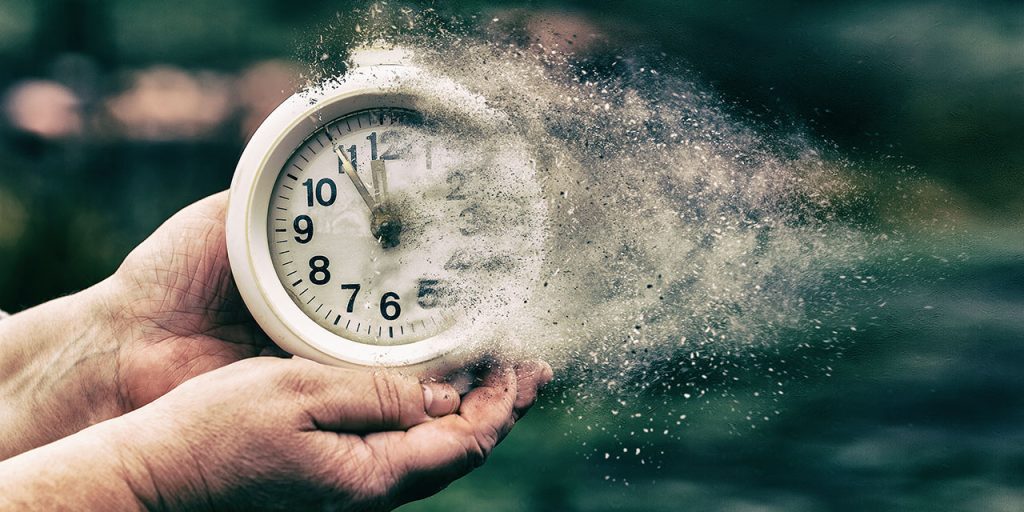
Speed Designs are 10 minute sprints in CAWD where we practice. It could be any medium – 3D, 2D, video, programming, etc.
1:45 Afternoon Practice & Production

Castle Project
- lastNameCastle_1.jpg through lastNameCastle_3.jpg
Design Homework 2 – Free Choice
- lastNameDH_2.jpg
Week 2 Agency
- lastNameAgency_1.jpg through lastNameAgency_3.jpg
We are going to use a hybrid of camelCasing and snake_casing in CAWD. camelCasing the English words, and snake_casing the _1.jpg, _2.jpg, etc.

2:15 Dailies
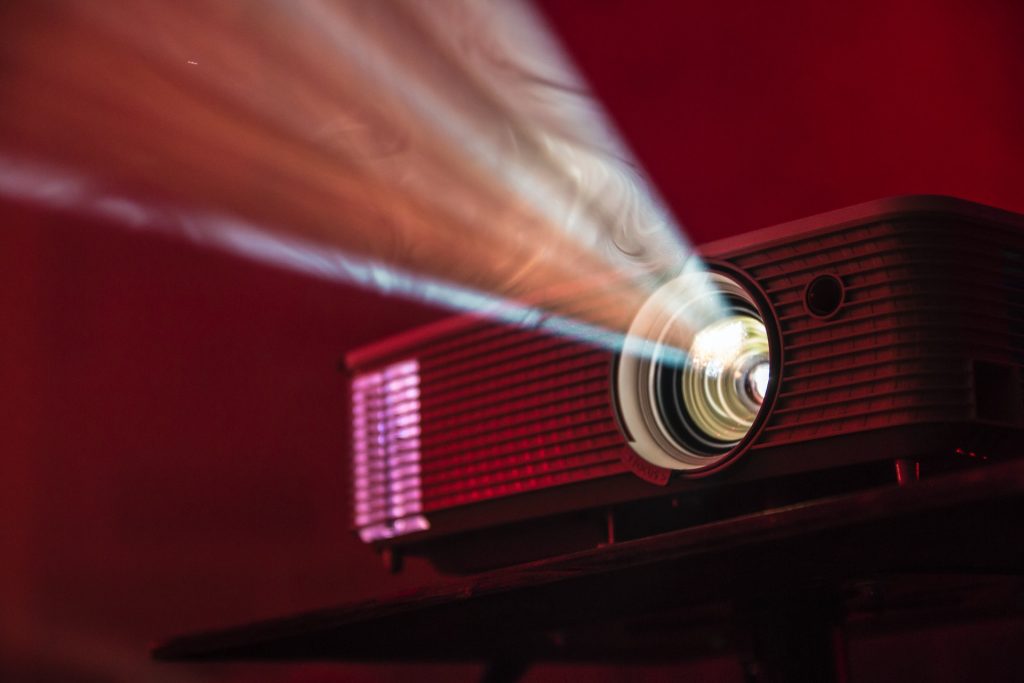
2:20 “19 Minutes”
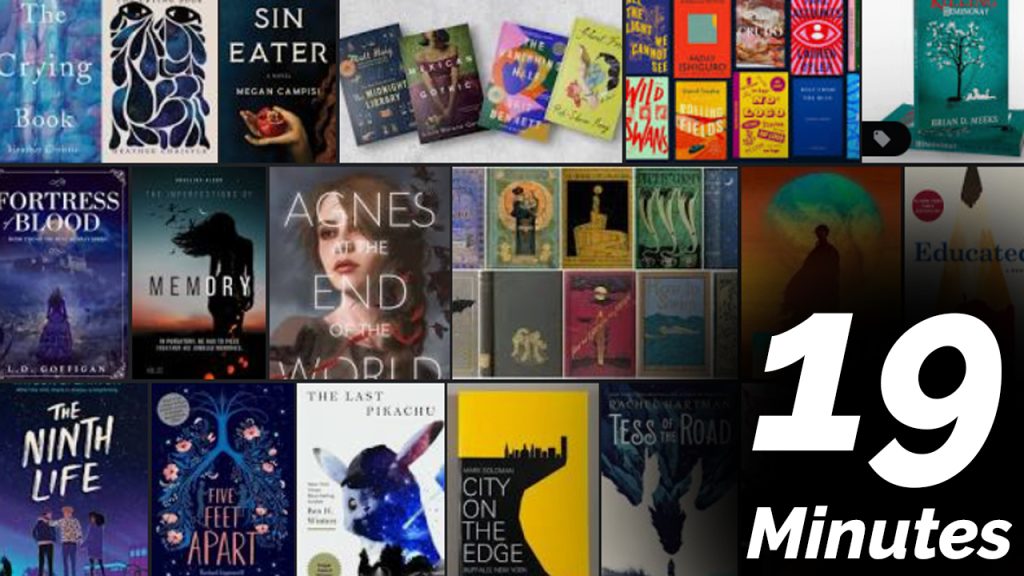
4 of 5 days per week we will end our day in CAWD with the “19 Minutes” of silent reading. Closing down our day with silent reading provides many benefits:
- Improve Literacy Skills / Reading Stamina
- Create space for a small reading meditation where we can disconnect from the world and get lost in a story
- Unplug
At 2:39 each day I will come to 3 students and ask for a 1 sentence explanation of what happened in your story over that day’s reading session. It is neat to hear little pockets of a story, here and there.
2:40 Dismissal
